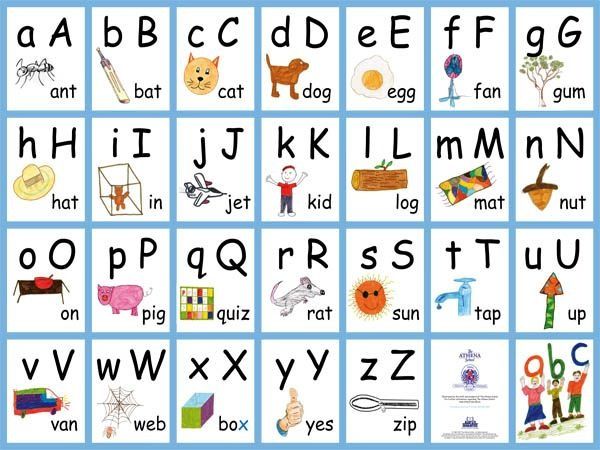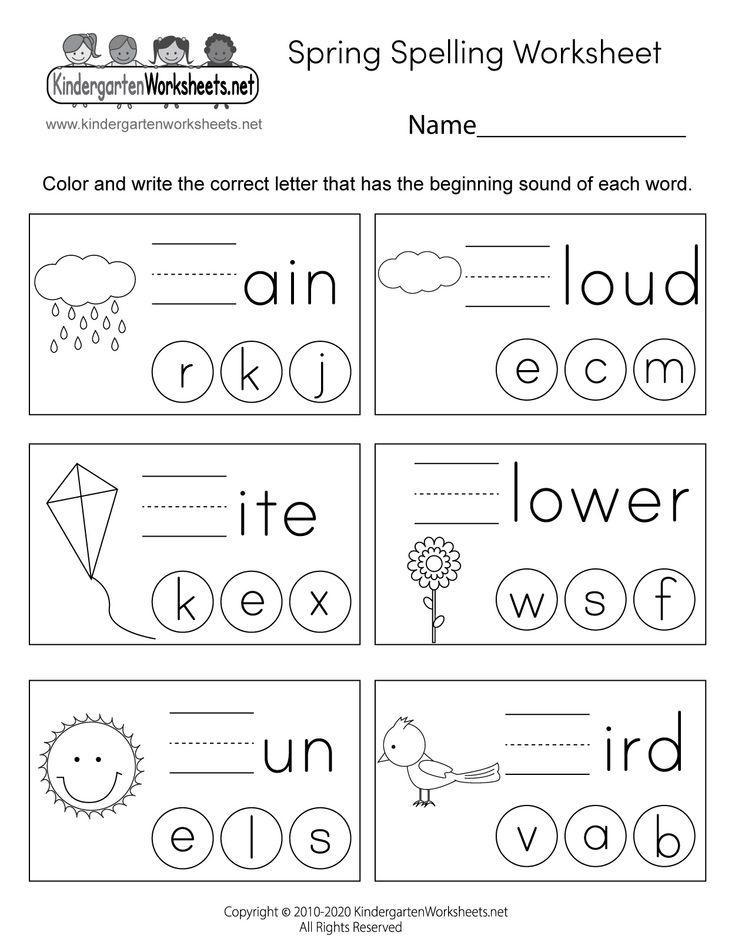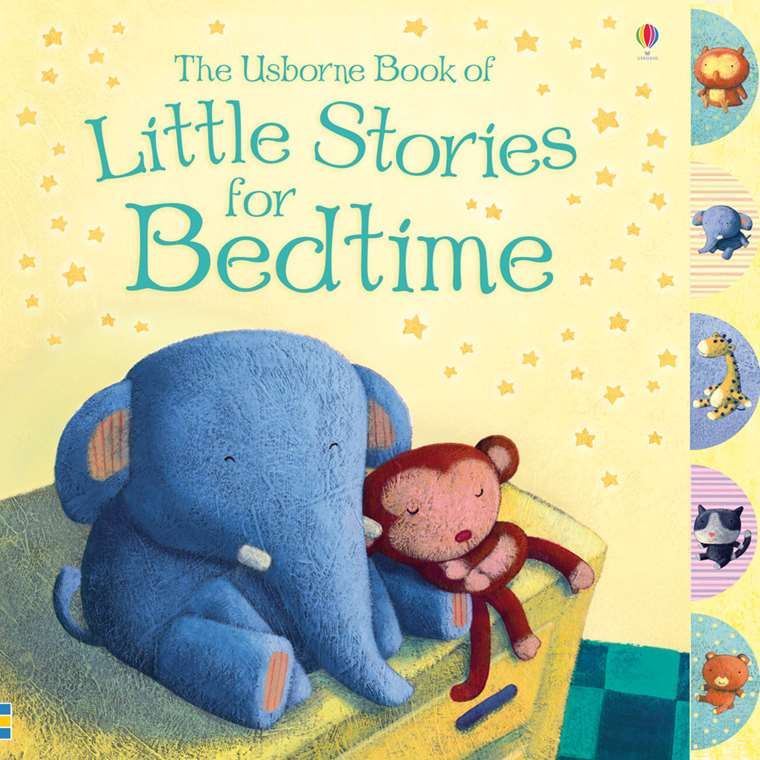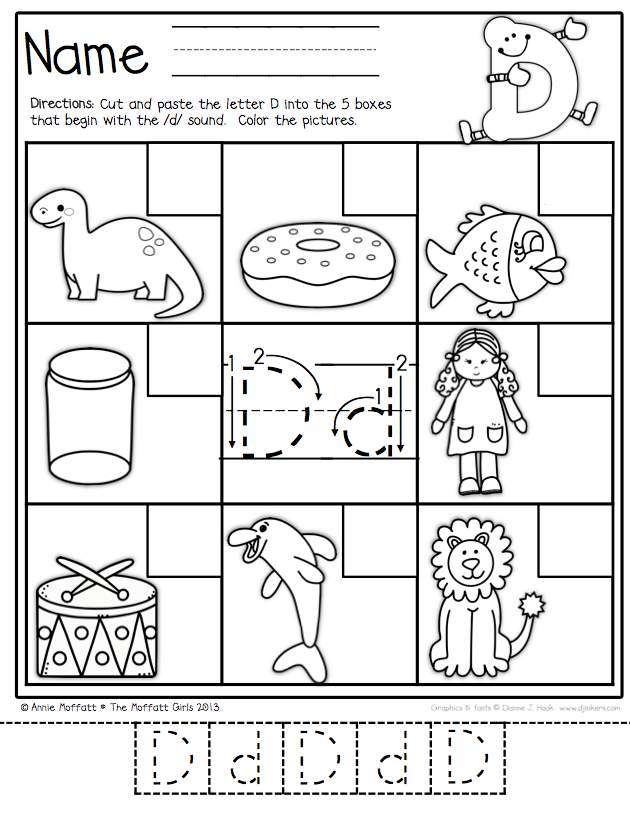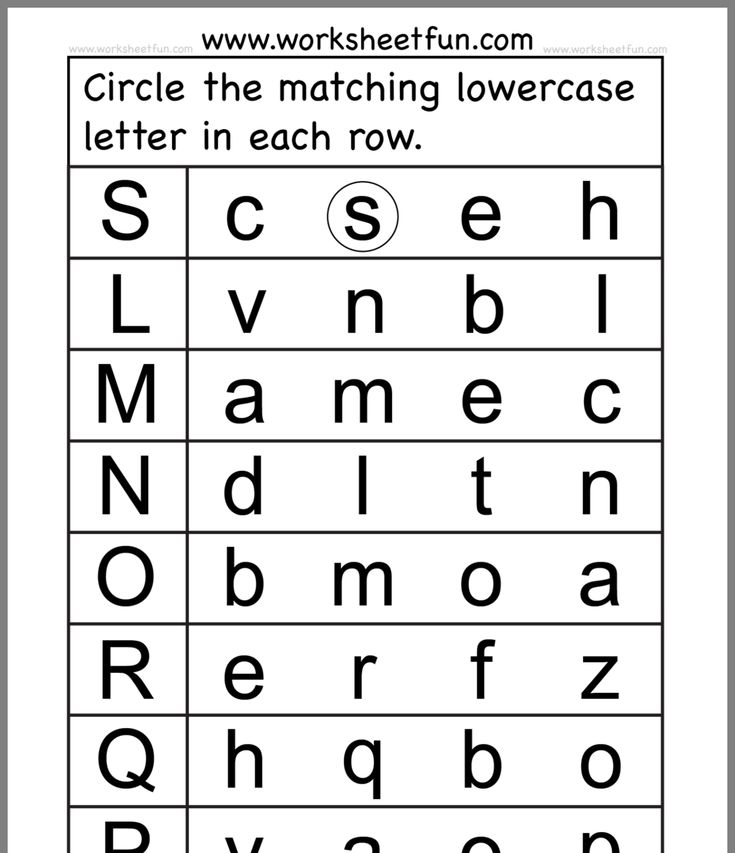Reading comprehension strategies handout
Reading Comprehension Strategies PDF List
February 21, 2023 UPDATE: Now is the perfect time to reboot your class with this Reading Comprehension Strategies PDF.
Check out the “Say Something” PDF handout.
- It’s in the Active Reading Strategies Lesson + Handouts POWER UP resource included in this bundle.
- The PDF handout goes over six reading strategies and includes sentence stems (what to say) and pro tips (what to do.)
- The slideshow lesson literally shows students a process to actively engage with the text and say something beyond the obvious.
Then check out the “Idea Volleyball” PDF handout
- Idea Volleyball is a metaphor that allows students to develop more complex ideas when working in small groups.
- The PDF handout explains the process and the slideshow lesson breaks down the reading comprehension process.
There are lots of different reading comprehension strategies we can use to teach students
how to understand the text.There’s more to reading than just saying the words (decoding.)
By explicitly teaching HOW to read, we can improve student learning.
Each reading strategy lesson includes
- a video,
- detailed lesson plan,
- slideshow lesson,
- a reading strategy PDF cheat-sheet,
- as well as a generic graphic organizer that you can use with any text.
(Or, you can use the reading comprehension articles provided on this website!)
Get the Reading Strategies MEGA Bundle
Get the Reading Strategies MEGA Bundle
Reading Strategies List
Here are six different reading comprehension strategy PDFs, slideshow lessons, and practice article (differentiated into multiple reading levels):
- Asking Questions
- Making Connections
- Inferring (or Inferencing)
- Evaluating
- Finding the Main Idea
- Repairing Comprehension
Use this Reading Comprehension Strategy Mega Bundle to help students in upper elementary, middle school, and high school.
There’s more to reading than just saying the words. Here’s how to empower students with active reading strategies.
What are Reading Comprehension Strategies?
Reading comprehension strategies are a way of explicitly teaching students HOW to read.
It’s about the reading process and having a growth mindset.
- Some students believe that the world is made up of strong readers and weak readers. And that’s just the way it is.
- Other students believe they’re either good at math or they’re not. That’s life!
- Some people believe you can be a natural-born athlete, but that’s not me! I’m just not good at sports!
- Finally, lots of us think you’re either good at art or you’re not. I’m just not creative.
Growth Mindset research shows us that we can choose to improve. We can learn from mistakes, apply specific strategies, pay attention to results, and try new things. Eventually, if we keep at it, we can improve.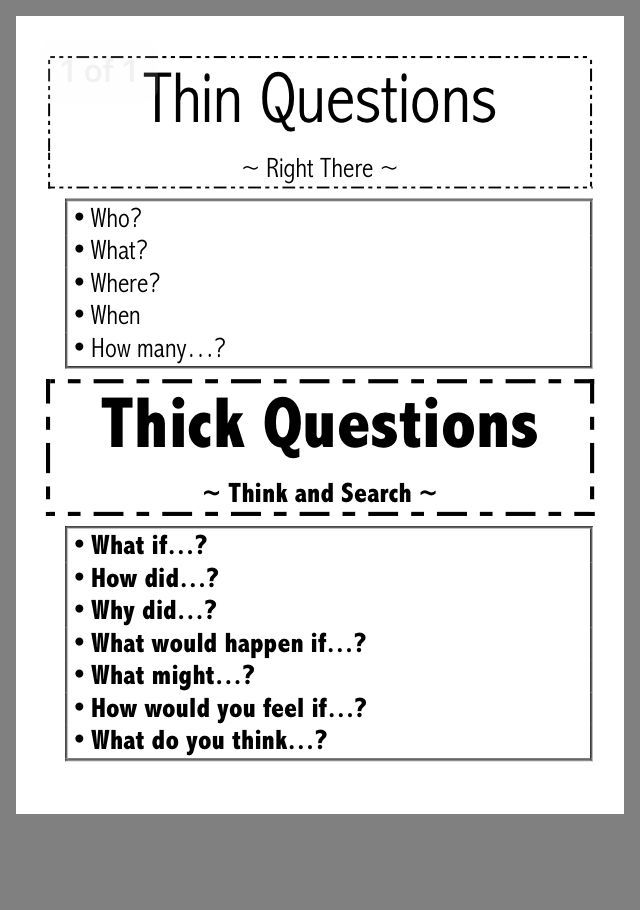
By explicitly showing students what STRONG READERS DO, we can help students to apply “tricks” to crack the code of reading.
What are the different types of Reading Strategies?
There are two types of reading strategies:
- Decoding strategies (how to say the words)
- Comprehension strategies (reading for meaning)
This page goes over Reading Comprehension Strategies (PDF)
Reading Comprehension Strategies List
By the way, these one-page handouts are perfect for reviewing Reading Comprehension Strategies – High School, Middle School, or Upper Elementary. (PDF)
- Each handout goes over FOUR PRO TIPS to help students actively engage with the text.
- The Active Reading Strategies booster lesson has a quick reference PDF handout that summarizes the Reading Comprehension Strategies.
The Active Reading Strategies Lesson includes strategies and handouts that work with any text! UPDATE: Dec 19, 2022 Improve reading comprehension with just the click of a button! (No, obviously not.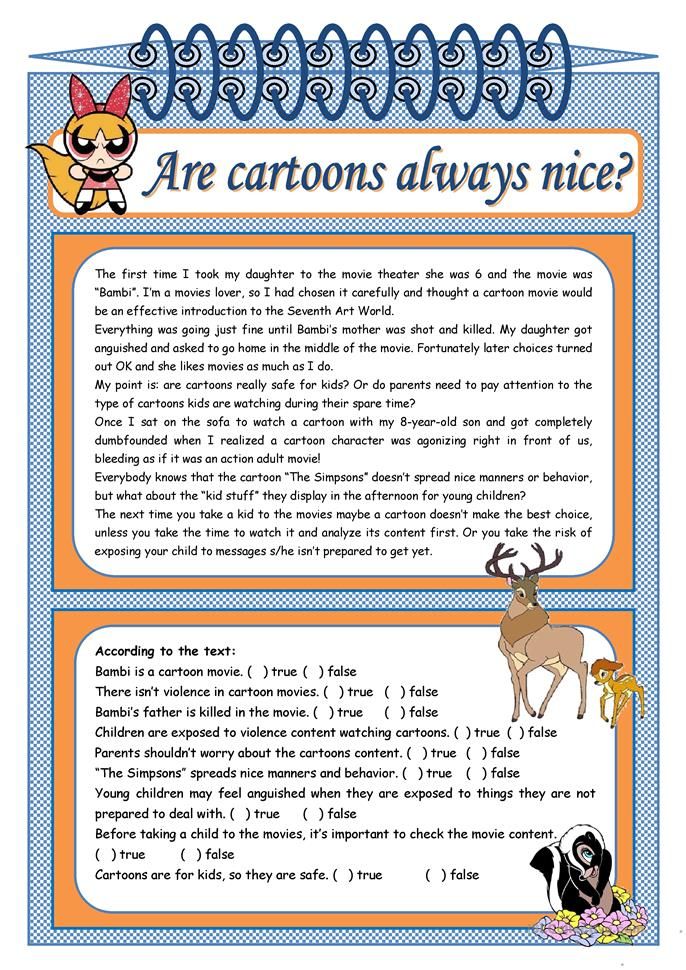 But, Evaluating is one of the reading strategies explored in the “Say Something” handout.) FREE until Dec 19, 2022 at 11:59 PM Part 1. […]
But, Evaluating is one of the reading strategies explored in the “Say Something” handout.) FREE until Dec 19, 2022 at 11:59 PM Part 1. […]
Read More Active Reading Strategies Lesson – Power Up Tool KitContinue
Teach students CRITICAL THINKING strategies to help students EVALUATE ideas when reading.
Evaluating is more than just forming an opinion. It’s about making an informed opinion or decision.
Use this lesson to give students a process to help them think critically about the information they read.
4 PRO TIPS to use the Evaluating Reading Strategy:
1. Restate part of a sentence from the text as a question that includes… a modal verb (Should… Could … Would… …might…) or a value word (better/worst, more/less, etc…)
2. Clarify the criteria for evaluating. Define the underlying concept word. Make a checklist. Narrow down the list. Identify deal breakers.
3. Play with the words to find other ideas. Ask a similar question, opposite question, or simpler question.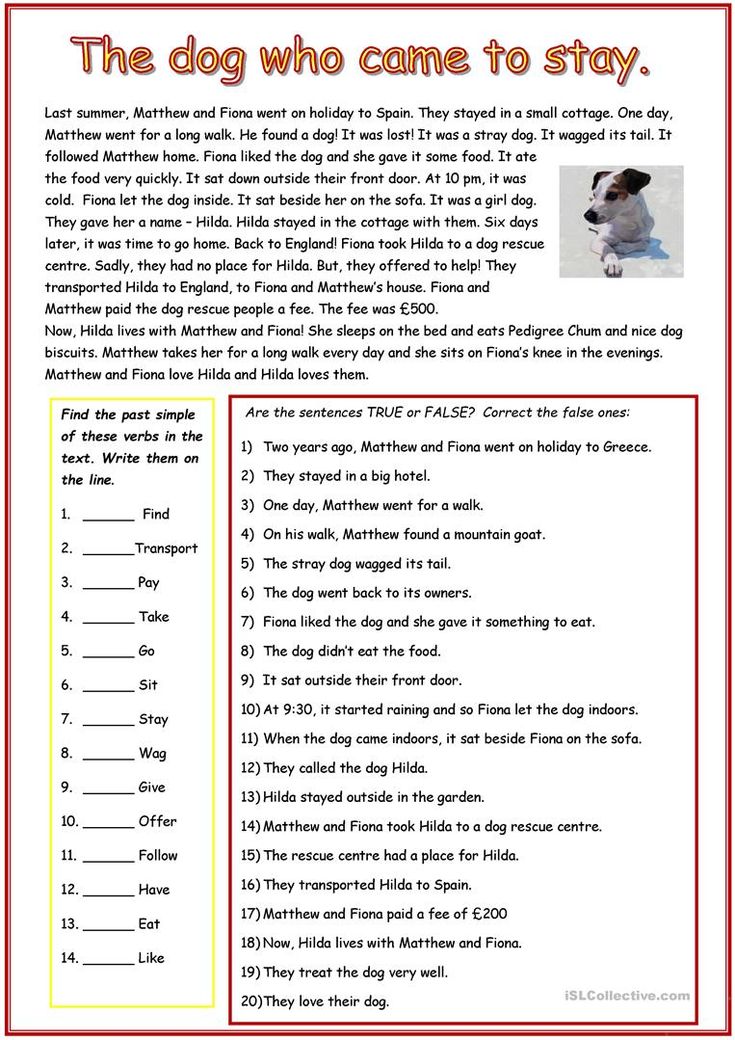
4. Start with the other side. Try to be open-minded. How might the other side be correct?
Read More Evaluating Reading Strategy Lesson PlanContinue
Inferring is more than simply reading between the lines.
Use this lesson to help students develop stronger inferences by showing them HOW to come up with an inference, and HOW to check their inference to make it stronger.
How to Infer – 4 PRO TIPS
1. Figure out what the text is really saying even though it doesn’t say it like this. (Evidence from the Text + Your Thinking = an Inference)
2. Your inference cannot be directly in the text. It has to be something new that you figured out based on the text.
3. Use Somebody Wanted But So to think about the text and make inferences.
4. Use It says, I say, And so to explain your inference.
Read More Inferring (Inferencing) Reading Comprehension Strategy Lesson PlanContinue
Making Connections is more than simply finding something that the text reminds you of.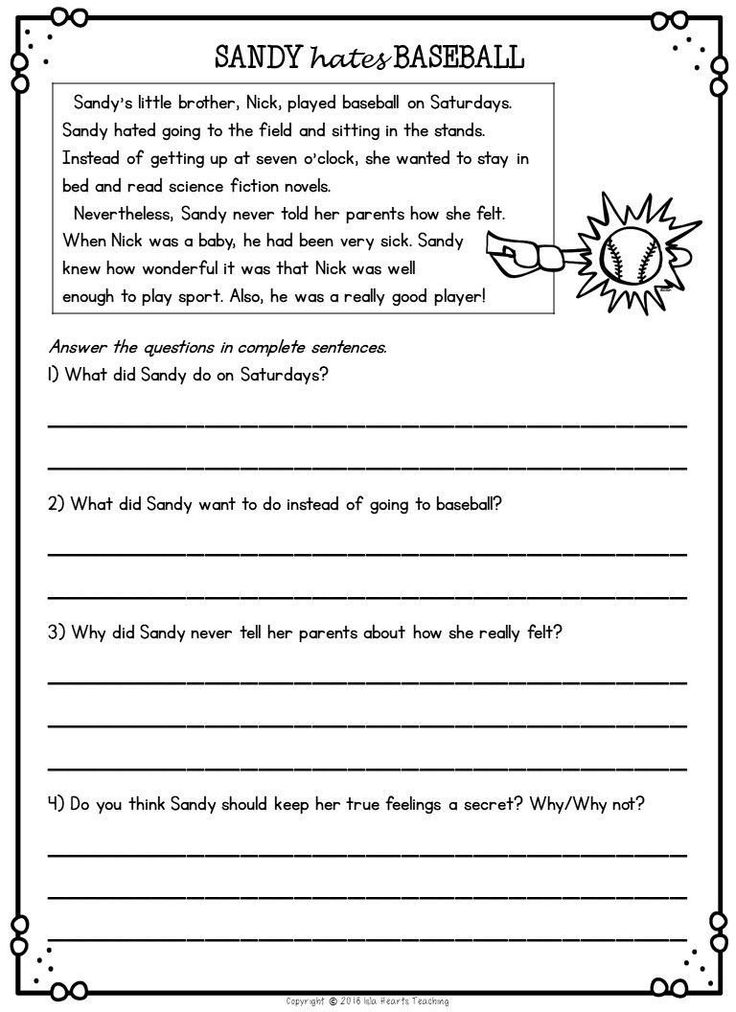
Use this lesson to help your students develop deeper connections instead of thin connections like “this book has a dog and I have a dog…”
How to Make (Deeper) Connections – 4 PRO TIPS:
1. Connect with things you’ve read (text to text), things you’ve experienced (text to self), or things people know (text to world)
2. Avoid simple connections. Find things that are same-same but different.
3. Use one of these thought patterns: “This is like that, but… so…” or “A is like B, and B is _ so A is probably _”
4. Stop after every heading or paragraph and make a connection
Read More Making Connections Reading Strategy Lesson PlanContinue
Teach students HOW to monitor understanding and clarify thinking when reading.
There’s more to figuring out what’s going on in a text than just simply re-reading.
4 PRO TIPS: How to Monitor and Repair Comprehension
1. Read a paragraph and SAY SOMETHING: Ask a question, Make a connection, Make an inference, Form an opinion
2.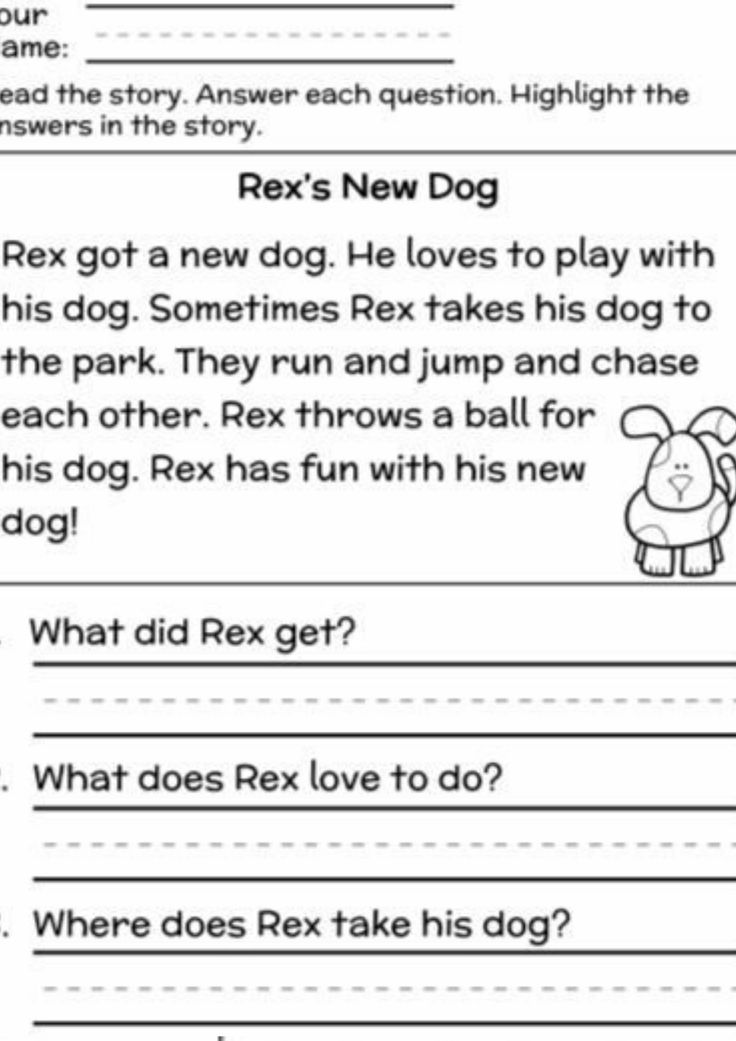 Does your SAY SOMETHING make sense with stuff you know about the world? If not, re-read the paragraph. Use PEEP to clarify your thinking.
Does your SAY SOMETHING make sense with stuff you know about the world? If not, re-read the paragraph. Use PEEP to clarify your thinking.
3. Does your SAY SOMETHING make sense with stuff you already read in this text? If not, re-read the paragraph. Re-read the other stuff you already read.Use PEEP to figure out why it doesn’t make sense.
4. Use PEEP: Point, Evidence, Explanation, Point
Read More Repairing Comprehension Reading Strategy Lesson PlanContinue
Teach 4 PRO TIPS to help students ask the BEST questions when reading to improve comprehension.
High-interest video / slideshow lesson – perfect for your next English Language Arts class.
Students learn how to ask better questions, so they stay engaged while they read.
Active reading strategies can show students how to gain a deeper understanding of the text they’re reading.
How to Ask (Better) Questions – 4 PRO TIPS
1. Don’t ask a question you already know the answer to.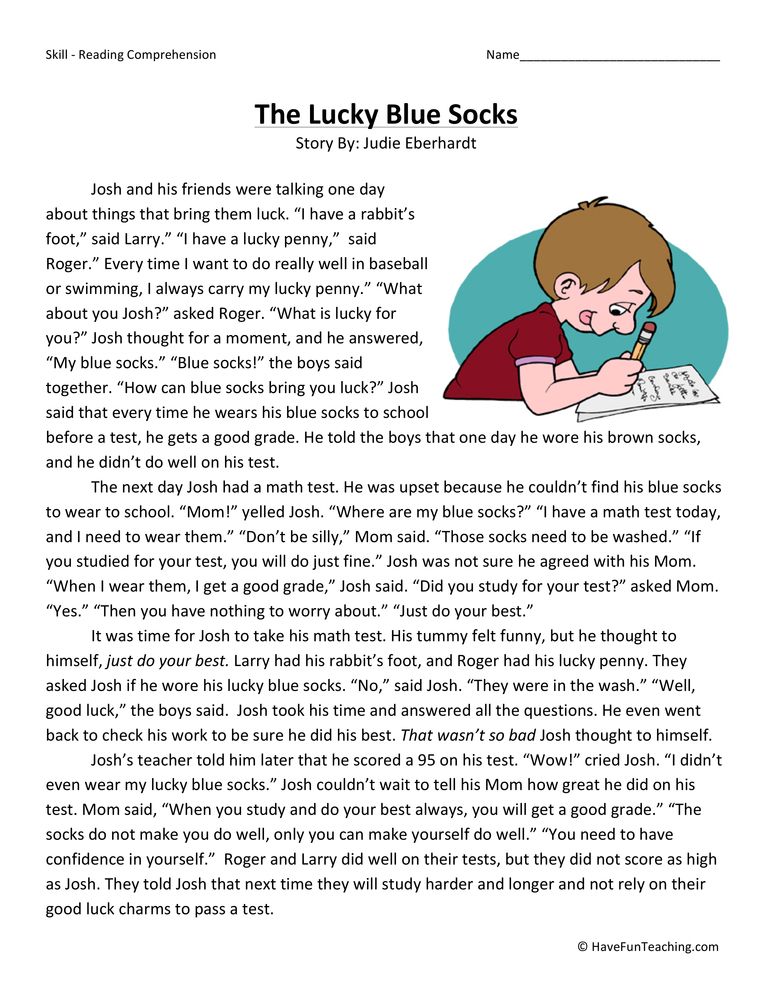
2. Try to answer your own question. Use evidence from the text.
3. Ask lots of questions. Include higher-order thinking questions (why or how / would or might)
4. Stop after every heading or paragraph and ask a question.
Read More Asking Questions Reading StrategyContinue
Finding the Main Idea is more than just figuring out what general point the author is trying to make.
It’s about recognizing that we can come up with several main ideas, but the “best” main idea has strong support from the entire article.
How to EVALUATE and FIND THE BEST MAIN IDEA (4 PRO TIPS):
1. Focus on the BIG PICTURE (the entire article). Summarize the entire article in a word or phrase. What general point is the author trying to make?
2. Look for clues in key spots. (How is the text organized?)
3. Think about each paragraph. What is this paragraph about? (Where is the main idea in the paragraph? Beginning? Middle? End?) What role does this paragraph play?
4.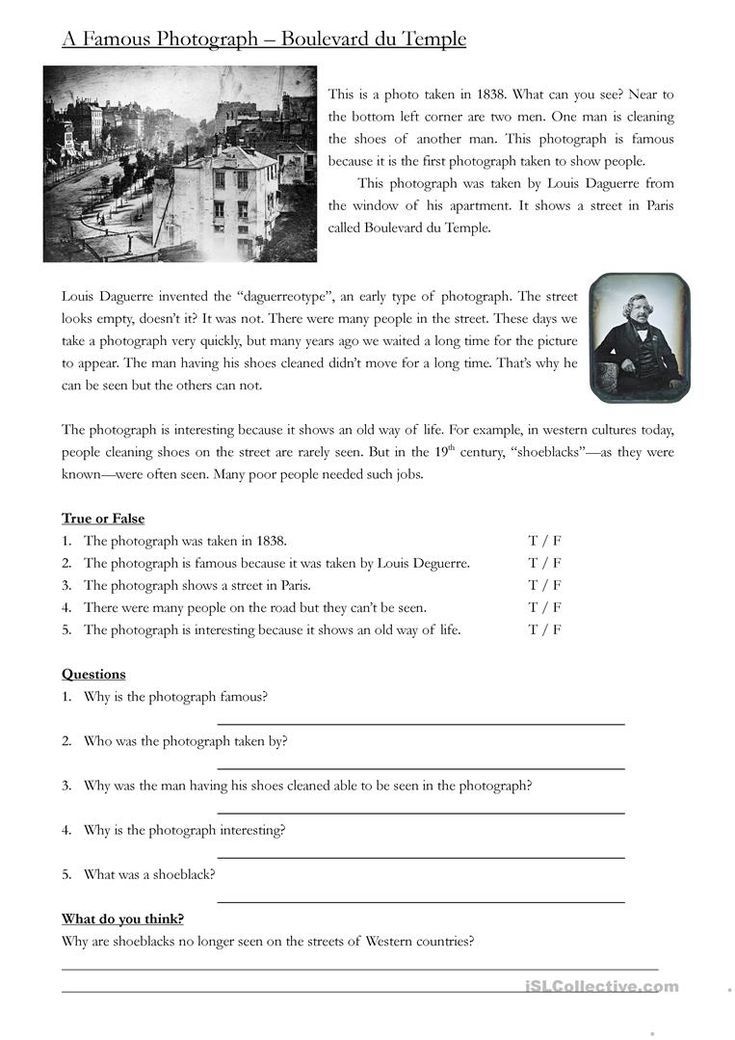 Find the “best” main idea. The main idea is NOT always directly stated. The best idea has strong support from the beginning, middle, and end of the entire article.
Find the “best” main idea. The main idea is NOT always directly stated. The best idea has strong support from the beginning, middle, and end of the entire article.
Read More Finding the Main Idea – Reading Comprehension Strategy Lesson PlanContinue
Reading Comprehension Skills Teaching Resources
Location
types
availability
file formats
publishers
32 of 431 teaching resources for those 'aha' moments
teaching resource
Free Character Traits List
Teach your students to analyze characters more effectively by providing them with a list of character traits.
1 page Grades: 3 - 7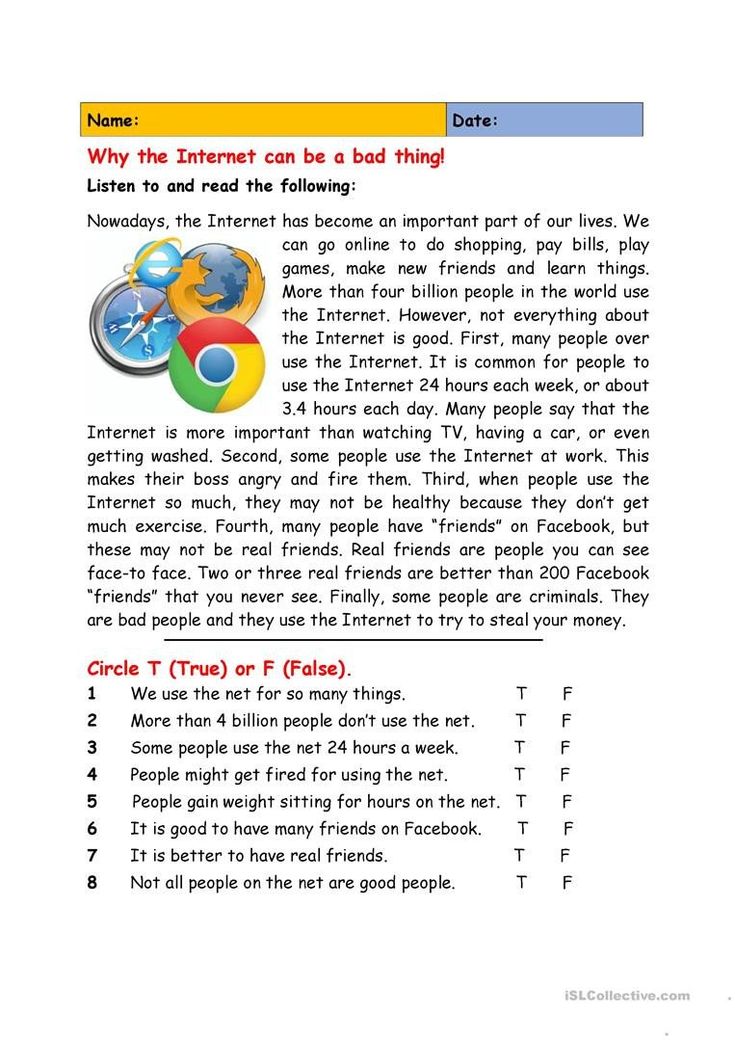
teaching resource
Applying Reading Comprehension Strategies Worksheets
A collection of worksheets which enable students to practice applying reading comprehension strategies.
8 pages Grades: 2 - 4teaching resource
Black History Profile: Shirley Chisholm - Comprehension Worksheet
Review our profile on Congresswoman and first Black presidential candidate Shirley Chisholm, and answer questions to reinforce understanding.
3 pages Grades: 3 - 6teaching resource
Reading Comprehension Strategies Anchor Charts
Provide young readers with concrete examples of reading strategies with a set of 18 ready-made reading anchor charts.
Grades: 2 - 6teaching resource
Finding the Main Idea - Blank Template
A worksheet to use when teaching students how to find the main idea of a text.
1 page Grades: 3 - 6
teaching resource
Reading Comprehension Strategies PowerPoint - Monitoring
A 14 slide editable PowerPoint template explaining the reading comprehension strategy of monitoring.
14 pages Grades: 4 - 6teaching resource
Who is Anna May Wong? – Shared Reading and Activity
A 14-slide PowerPoint to use as a shared reading activity about Anna May Wong.
14 pages Grades: K - 2teaching resource
Parts of a Story - Story Elements Workbook
Explore the different elements of a narrative story with this student mini workbook.
4 pages Grades: 2 - 4teaching resource
Distinguish Between Fact and Opinion Poster
A poster highlighting how to distinguish between fact and opinion when reading a piece of text.
1 page Grades: 3 - 6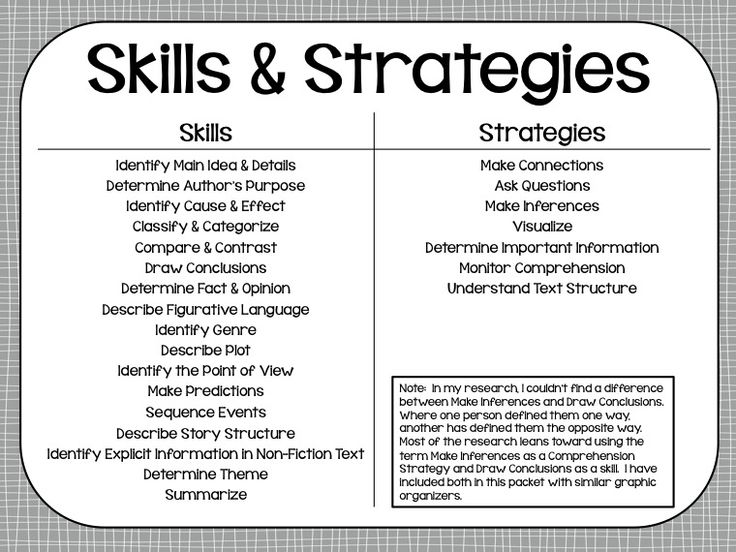
teaching resource
Presidents' Day Activities - George Washington Worksheet Pack
Learn about the life and contributions of George Washington with a comprehensive pack of Presidents’ Day Worksheets.
1 page Grades: K - 2teaching resource
Five Finger Summary - Graphic Organizer
A graphic organizer for students to use to summarize a fiction text.
1 page Grades: 3 - 6teaching resource
Reading and Writing Nonfiction Text: Earth Day Close Read Worksheets
Enhance your students' comprehension, vocabulary, and writing skills with this nonfiction Earth Day passage and accompanying activities.
11 pages Grades: 3 - 5teaching resource
Crabbing at Night – Comprehension Worksheet
A comprehension worksheet paired with a narrative text.
5 pages Grades: 2 - 3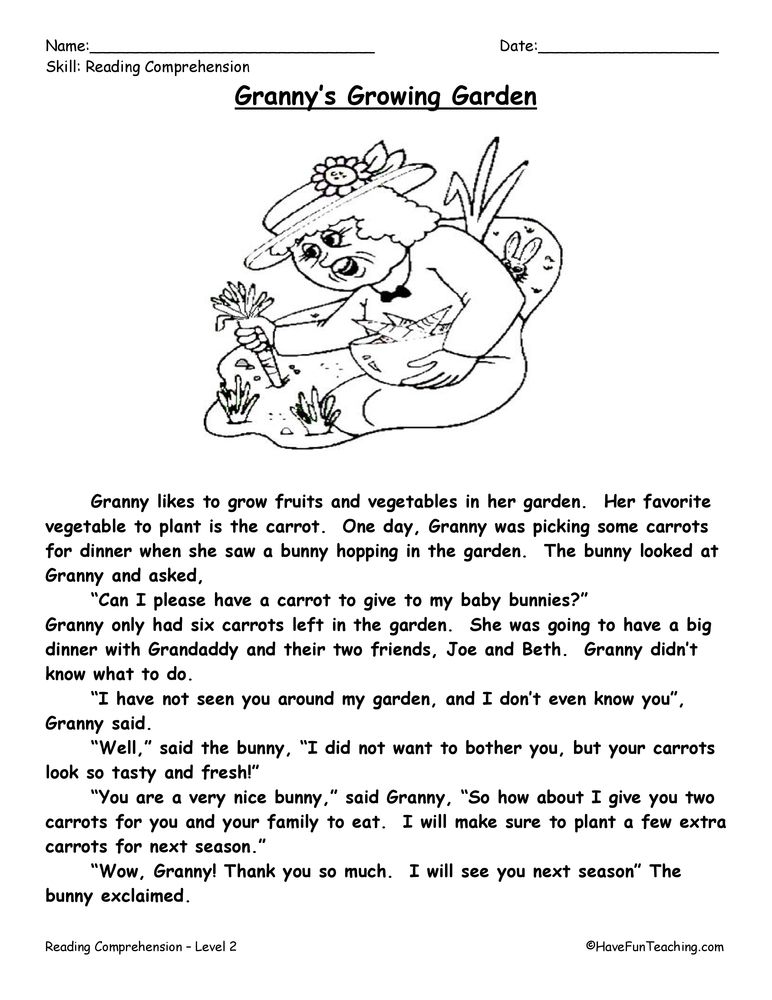
teaching resource
Finding the Main Idea in Nonfiction Text Worksheet
Identify supporting evidence for the main idea of an informational text passage and answer the comprehension questions.
2 pages Grades: 2 - 3teaching resource
Abraham Lincoln - 3rd Grade Reading Comprehension Pack
Celebrate Presidents' Day and discover the accomplishments of Abraham Lincoln with a printable reading comprehension activity pack for 3rd grade and up.
1 page Grades: 3 - 5teaching resource
Story Elements Anchor Charts - Sloth-Themed Posters
Display these cute sloth-themed story elements anchor charts when learning about narrative texts.
1 page Grades: K - 3teaching resource
Before, During, and After Reading Nonfiction – Question Prompts
Question prompts and a worksheet to use when asking questions before, during, and after reading.
2 pages Grades: 3 - 6
teaching resource
Comprehension - Why Bears Have Stumpy Tails
A fun script and set of questions to help students develop reading and comprehension strategies.
6 pages Grades: 1 - 4teaching resource
Activating Prior Knowledge - Comprehension Strategy Poster
A poster explaining how to activate prior knowledge before reading.
1 page Grades: K - 7teaching resource
Guided Reading Groups - Progress Tracker
Track student progress during guided reading sessions with this template.
1 page Grades: K - 3teaching resource
Innovative Inventors - Comprehension Worksheet
Meet famous Black History Month figures with this informational text and comprehension questions activity.
1 page Grades: 4 - 6
teaching resource
Monitoring Comprehension Worksheet
A resource focusing on the reading comprehension strategy of monitoring.
2 pages Grades: 4 - 6teaching resource
Summarizing A Fiction Text – Activity and Bookmark
A teaching resource to help teach your students to summarize a fiction text.
3 pages Grades: 3 - 6teaching resource
Comprehension - Science Experiment
A fun script and set of questions to help students develop reading and comprehension strategies.
8 pages Grades: 5 - 6teaching resource
Making Connections Worksheet
A worksheet for students to practice making connections with a piece of text.
2 pages Grades: 5 - 7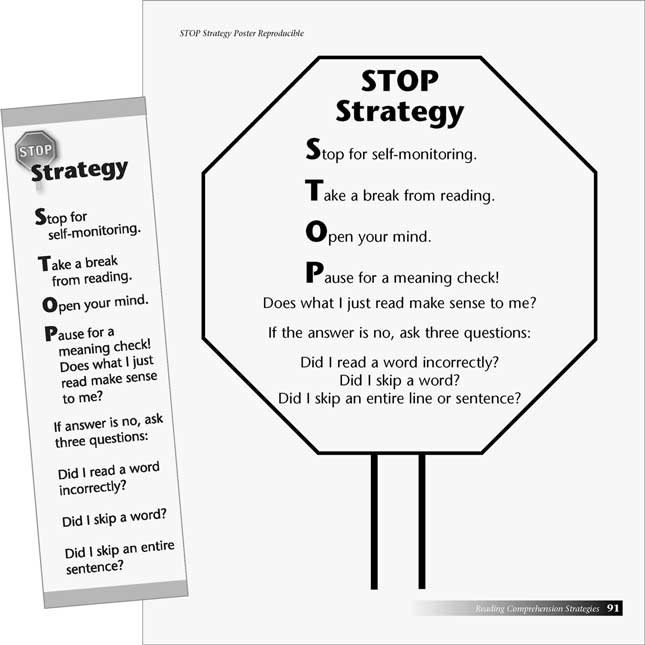
teaching resource
Marshall vs. Tubman Differentiated Paired Passage Worksheets
Combine reading and history content with differentiated reading comprehension worksheets.
5 pages Grades: 3 - 5teaching resource
Nonfiction Comprehension Worksheet Pack for First Grade
Integrate science, social studies, and first grade reading comprehension skills with a group of ten nonfiction reading comprehension worksheets.
22 pages Grades: K - 1teaching resource
Hey Diddle Diddle - Story Elements Slide Deck
Engage young readers in texts and learn about setting with an instructional slide deck featuring the Hey Diddle Diddle rhyme.
1 page Grades: K - 1teaching resource
Reciprocal Teaching - Role Posters
Teach the 4 reciprocal teaching roles to your students with this poster set.
4 pages Grades: 1 - 3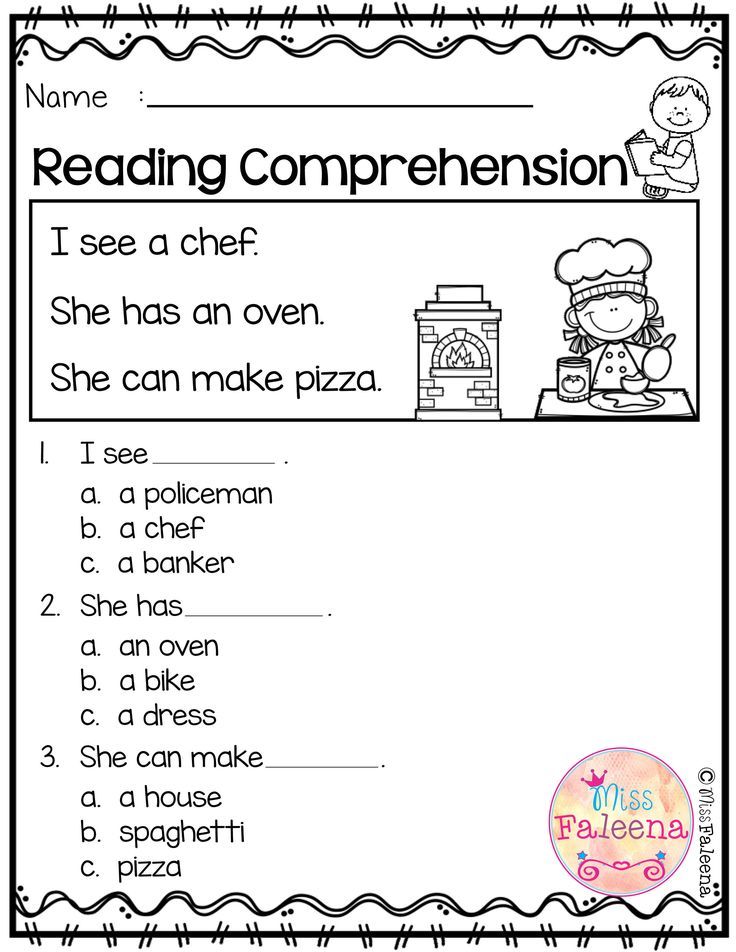
teaching resource
In My Eyes (Poem) - Poetry Reading Comprehension Activity
Practice analyzing poetry with this poem and set of comprehension questions.
4 pages Grades: 4 - 6teaching resource
Finding the Main Idea - Sorting Worksheet
A worksheet and answer sheet to use when teaching students how to find the main idea of a text.
3 pages Grades: 3 - 4teaching resource
Making Connections Graphic Organizer
A graphic organizer for students to record text-to-self, text-to-text, and text-to-world connections.
1 page Grades: 1 - 5
- Reading Comprehension Skills Worksheets
- Reading Comprehension Skills Posters
- Reading Comprehension Skills Templates
- Reading Comprehension Skills for Kindergarten
- Reading Comprehension Skills for 1st Grade
- Reading Comprehension Skills for 2nd Grade
- Reading Comprehension Skills for 3rd Grade
- Reading Comprehension Skills for 4th Grade
- Reading Comprehension Skills for 5th Grade
- Reading Comprehension Skills for 6th Grade
34_Bredikhina_Teaching Methods.
 cdr
cdr %PDF-1.3 % 453 0 obj > endobj 452 0 obj >stream application/pdf
 7јz؝cx϶[-xg۳c S?= r˯Ўuz'J ۳;ɫi:{\[әCq4vg mG|mK8go~Z?9!b(Zjv{NbjÓÛE}≥[xׇ[˞1]kxMjWRxoj1]dI-CK,ʰmQg]m%,/O("#[1v%{2\IG
7јz؝cx϶[-xg۳c S?= r˯Ўuz'J ۳;ɫi:{\[әCq4vg mG|mK8go~Z?9!b(Zjv{NbjÓÛE}≥[xׇ[˞1]kxMjWRxoj1]dI-CK,ʰmQg]m%,/O("#[1v%{2\IG How can I improve my ability to understand the text I read?
06.02.14
Strategies for autists, parents and teachers to overcome difficulties with a reading of
Source: autism after 16
Many people can read, but after reading it is difficult for them to remember, about it, about what they read. There may be several reasons for this. It is possible that a person puts so much effort into voicing words (out loud or to himself) that they lose their meaning. In other cases, the topic is so uninteresting that it is difficult to focus on the information in the text. Many children and adults with autism spectrum disorders have severe reading comprehension difficulties, even if they have no problems with reading as such. This can make it very difficult to study at school even for children without intellectual disabilities, especially in high school, when the requirements for reading and understanding large amounts of text increase significantly, and texts become more complex. The following are strategies for improving text comprehension that adults with autism spectrum disorders and parents and educators of children with ASD can use.
The following are strategies for improving text comprehension that adults with autism spectrum disorders and parents and educators of children with ASD can use.
Metacognition - thinking about how we think - is the basis for improving understanding while reading. In other words, to improve text comprehension, we must consciously stop while reading and analyze our opinions, perceptions, and thoughts related to what we have read. For example:
Before reading
- Determine the purpose for the upcoming reading. Think in advance about what you should find in the text while reading.
Look at the title of the text and try to figure out what the text might be about.
Skim through the entire text without reading carefully, paying attention to headings and subheadings, bold words and illustrations. Think about what this text might be about.
- Try to remember what you already know about the topic, the author, or this story.
While reading
- Reflect on what you have read after each paragraph or chapter.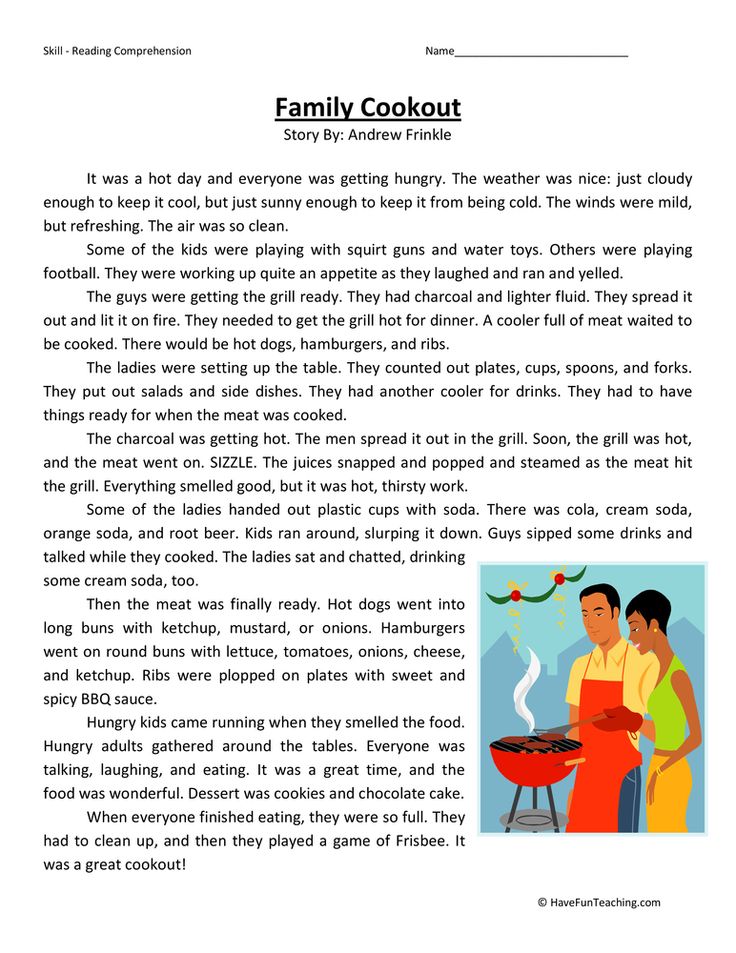
Consider whether you agree with ideas, characters, or facts.
- If you do not understand the meaning of some sentences or paragraphs, write down what you do not understand.
- Write down unfamiliar words to find out their meaning after reading.
After reading
- Think about what you learned while reading.
— Write your own questions for the author.
Think about how what you read relates to your own life.
- Formulate a summary of what you have read.
- Review your notes and try to find answers to your questions through repeated reading, searching the Internet, or talking to another person.
Talk about what you read
Discussing what you read with another person provides another source of information instead of rereading the text. This is especially useful if you don't really enjoy reading. While talking about what you read, you will be able to ask questions that you have, this will allow you to learn more about the point of view of other people and will provide you with the opportunity to put into words what you have read, which will help you remember and understand the text better.
Practice reading as often as possible
The best way to improve reading comprehension is to read as much as possible. It doesn't matter what the person is reading. The more you read, the better your comprehension skills will be. Here the “Matthew effect” takes place, when “he who has will be given and will be multiplied, and what he has will be taken away from the one who does not have.” Students who enjoy reading read a lot and often, and their reading skills improve. Those who do not enjoy reading devote little time to it, as a result, their skills lag more and more behind their peers. That is why our first priority is to motivate children to read. If they enjoy reading comics, sports articles, or online magazines, then encourage them to do so as often as possible.
Take the children to the library as often as possible and let them look at any books they want. Do not try to force on children what you think they should read. We want them to read—as much as possible.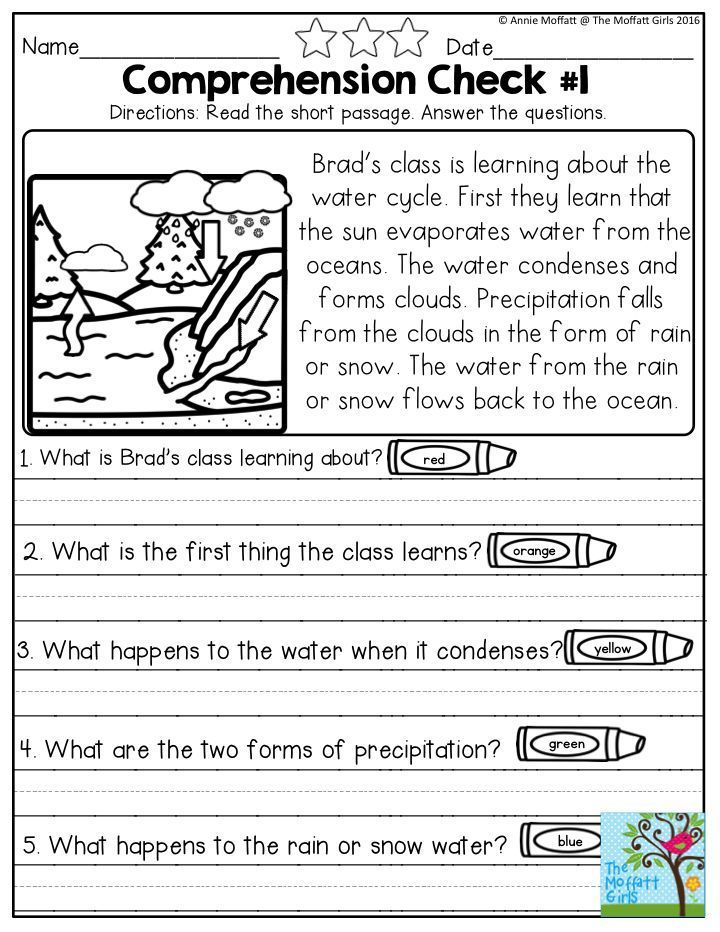 And that's it. If they liked a book by a certain author, then find all the books by that author so they can pick something. If the children are interested in a topic, then find them reading material according to their interest.
And that's it. If they liked a book by a certain author, then find all the books by that author so they can pick something. If the children are interested in a topic, then find them reading material according to their interest.
Reading Motivation
The first task for the unmotivated reader is to find reading material that is directly related to what interests him outside of reading. For example, if a child enjoys watching movies, they may enjoy reading movie reviews online or in movie magazines. You may think that this is not a "real" reading, but it is not at all the case. Many people believe that the only way to develop reading skills is with books. In fact, this is not necessary at all, especially in our age of the Internet.
Also, if children read often about things they are interested in, it will help them to become better readers in general, especially if they practice reading comprehension skills in parallel. After the motivation to read begins to form, you can begin to practice reading less interesting materials.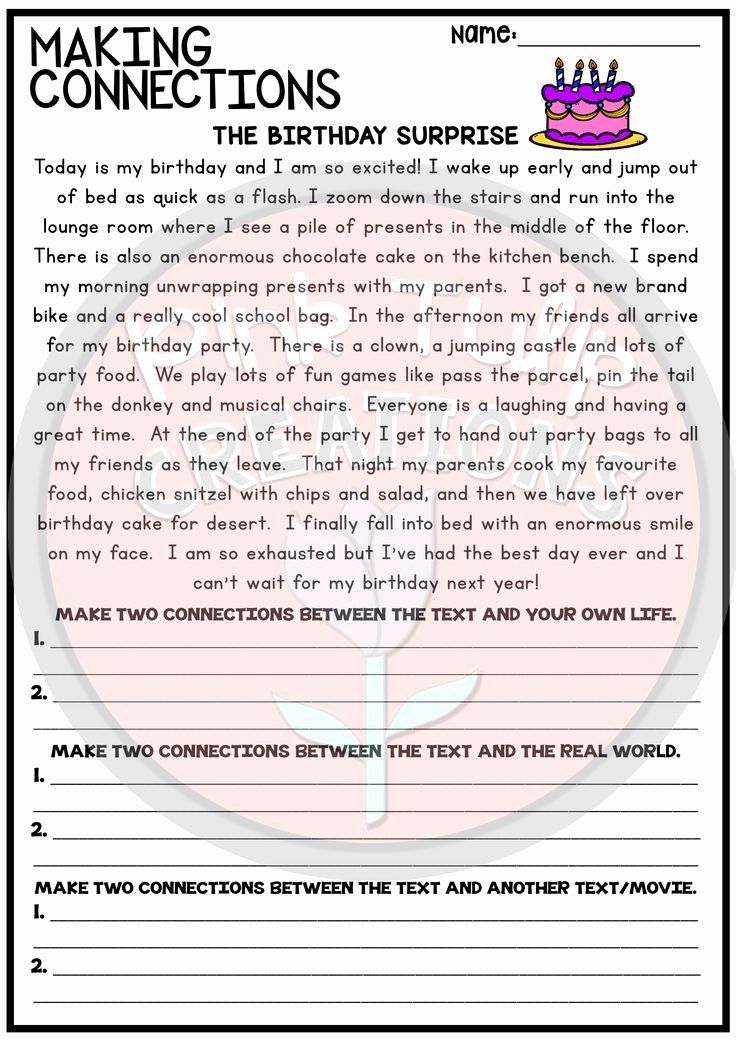 That said, if the strategies to improve comprehension have already been practiced on interesting texts, it will be easier to use them while reading on boring topics.
That said, if the strategies to improve comprehension have already been practiced on interesting texts, it will be easier to use them while reading on boring topics.
Strategies for improving reading comprehension
Start with the strategies that seem most attractive and try them one at a time. Don't try to master every single strategy, sometimes less is more. In other words, it's best to master a few strategies to perfection, rather than practicing all the strategies without exception, which can make it unclear what to use right now. Strategies to improve reading comprehension include:
- Conversational reading: Ask questions, argue, clarify, summarize, and predict as you read.
- Stickers: Use stickers to write words you don't understand, or use exclamation marks to mark sentences you like, and question marks to mark phrases or paragraphs you don't understand.
- Reading in pairs: Reading aloud with another person one paragraph at a time. Discuss what you have read with each other after each paragraph.
Discuss what you have read with each other after each paragraph.
- Thinking out loud: As you read aloud in pairs, voice out any thoughts, questions, or misunderstandings that come to mind. For example, if a character or event reminded you of something, stop and talk about that personal association. This technique helps to remember what has been read in the future.
- Re-reading: Read the text again, trying to find answers to the questions that have arisen.
- Text connections: As you read, determine how this text relates to you, to other texts, and to the world in general. In connection with yourself, you need to think about how the read relates to you personally. In World Links, you can link text to what you already know. Finally, in text links, you can link what you've read to what you've read about before.
- The Three Bears Principle: When choosing a book from a library or bookstore, think about whether it is too simple or too complex.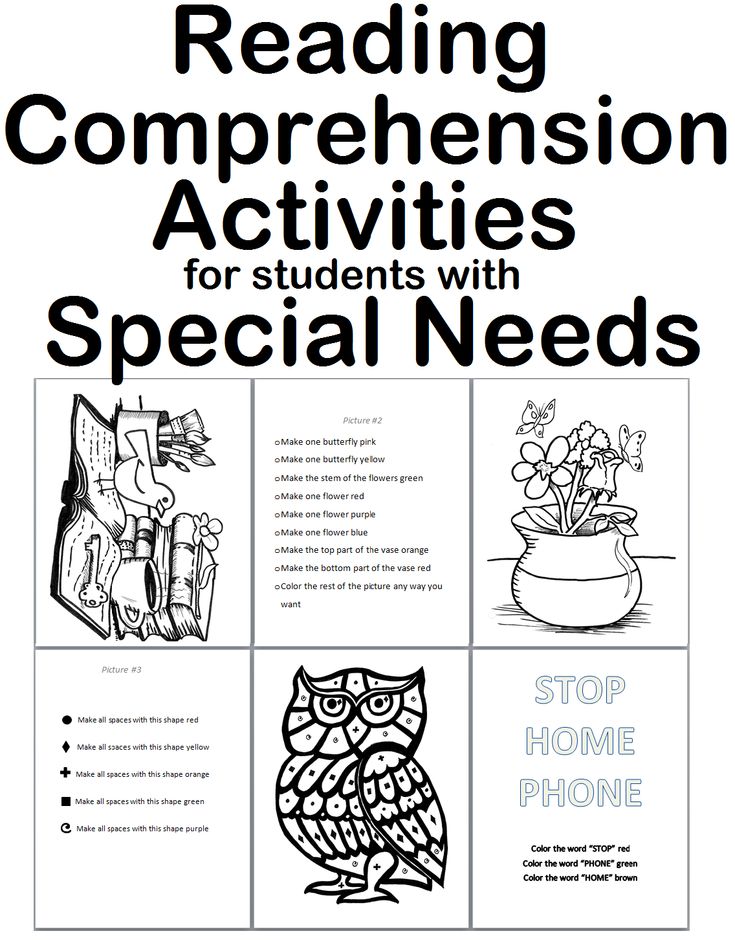 Too simple means that the reader will easily understand all the words or have already read this book many times. Too complex means that there are more than five unfamiliar words on one page or the meaning of the first page is not clear. If the book is just right, then this is a new book, where the reader may not know some of the words on the page, but in general understands what is at stake.
Too simple means that the reader will easily understand all the words or have already read this book many times. Too complex means that there are more than five unfamiliar words on one page or the meaning of the first page is not clear. If the book is just right, then this is a new book, where the reader may not know some of the words on the page, but in general understands what is at stake.
- Dividing the text into parts: Read only a few paragraphs or sentences at a time. Think about what you read using reading strategies before continuing.
- Visualization: While reading, always try to visualize how the characters and scenes are described.
- Blogs: Check if there is any blog or forum on the Internet where this topic or book is discussed online, read what other people think about it and try to write your own opinion.
- Journaling: As you read, write down your thoughts in a special journal.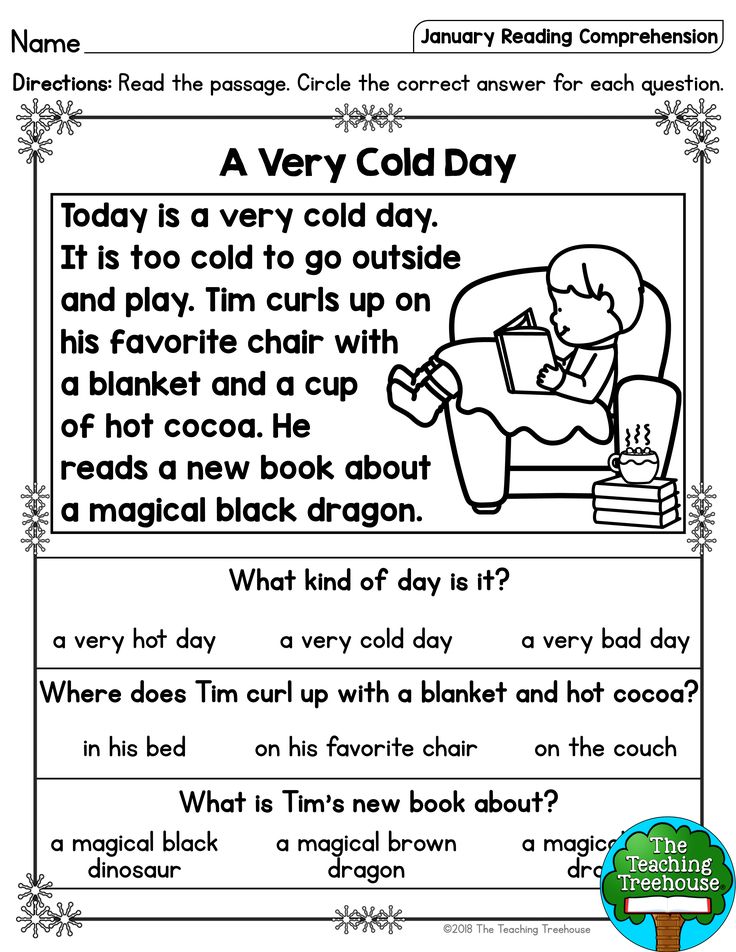
- Graphic organization: Make a chart showing how much you understand before, during, and after reading.
Progressive Implementation Model
If you are a parent or educator, you can use the Progressive Implementation Model to help a student with autism learn strategies for reading comprehension. First, demonstrate to the student how you yourself read using this strategy. Then use this strategy together, under your guidance. Then ask the student to apply this strategy again (in a different situation) on their own.
Make sure you discuss reading with the student and whether the strategy is helping or not. You may need to model this strategy for the student many times, or practice it many times together until it becomes a natural part of the reading process and the student can apply it completely on his own.
Availability of books to read
If reading skills are too low, use books on topics that are interesting to the student, but with very low reading requirements.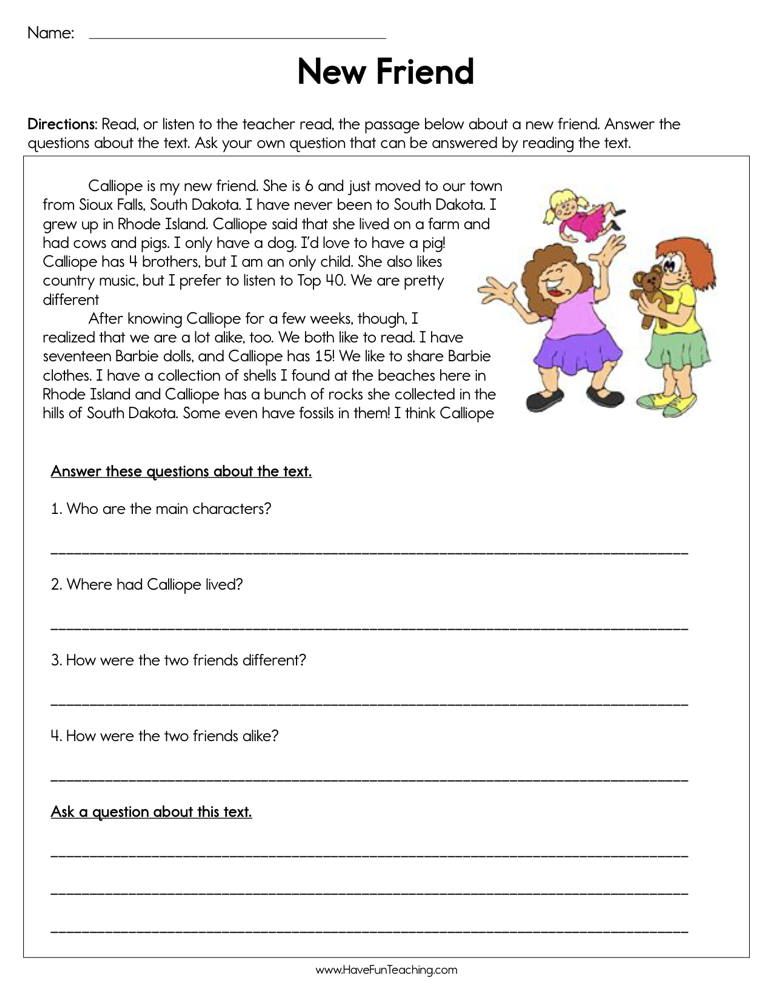 As a rule, they have a lot of illustrations and little text. It can be children's encyclopedias and reference books. They keep the reader motivated, their topics are age-appropriate, and the reading isn't too difficult.
As a rule, they have a lot of illustrations and little text. It can be children's encyclopedias and reference books. They keep the reader motivated, their topics are age-appropriate, and the reading isn't too difficult.
You should also pay attention to the following books:
- Books with many photographs and illustrations, which will greatly facilitate understanding.
- Books with fairly large letters.
- Books with a small amount of text on one page so that the amount of text on the page does not cause stress.
- Books that have titles, subtitles, clear definitions of words in the glossary. These books are the easiest to understand.
Relationship between reading and writing
You may be wondering why it is so common to write things down while working on reading comprehension. The reason is that this is another way to better understand and assimilate the material read. For example, if someone finds it difficult to speak verbally about what they have read, then keeping a diary, blogging, or graphing can help analyze what they read and update the information in memory, but without verbal dialogue.


